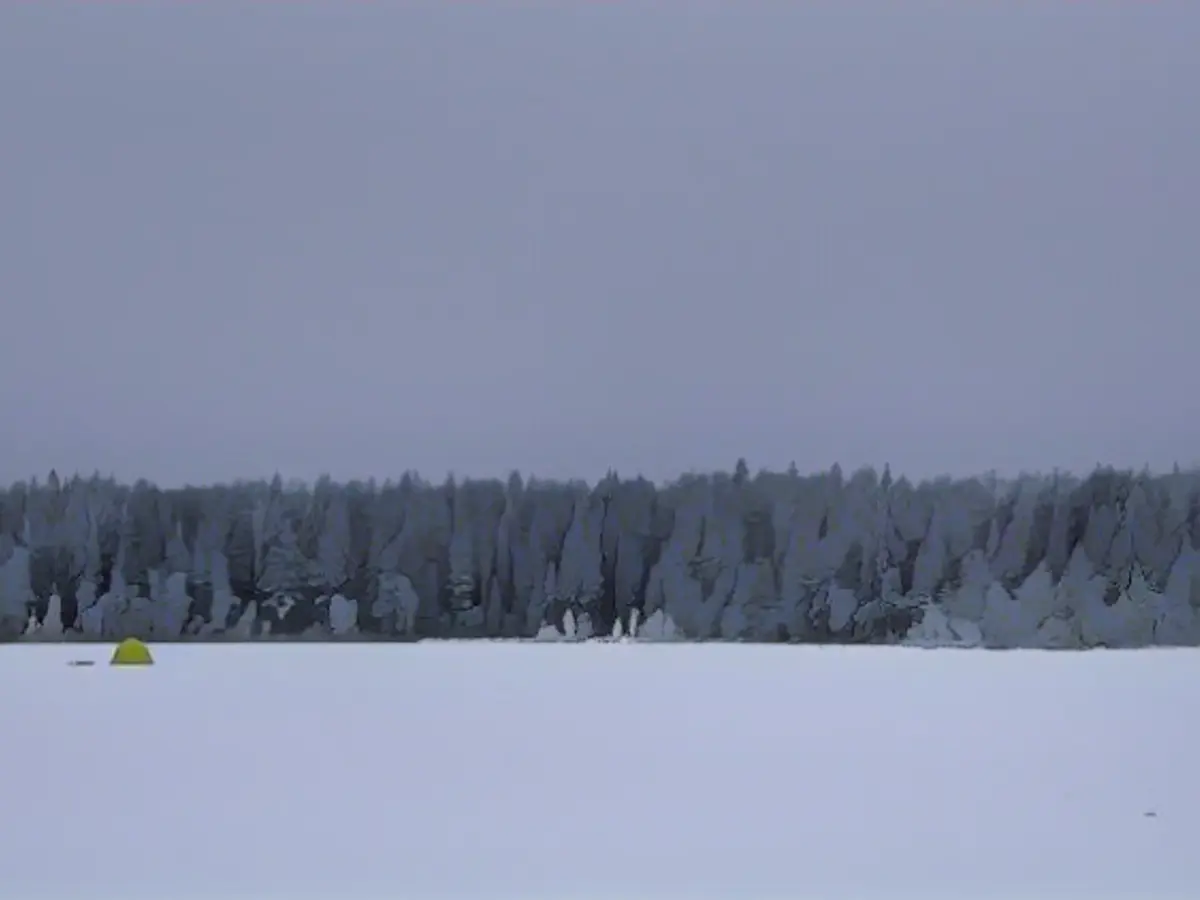Sweden shivers at minus 40 degrees
While Germany has been dominated by mild air and rain in recent weeks, northern Europe has been shivering for months in sometimes freezing cold winter air. Sweden, Norway and Finland are now experiencing a temporary peak.
Central and northern Scandinavia are currently experiencing extreme frost. At night, the lows are widely below minus 30 degrees. The cold spot is in northern Sweden. In Nikkaluokta near Kiruna, it was already minus 41.6 degrees on Tuesday morning. On Wednesday morning, the temperature in Kvikkjokk in northern Sweden was as low as minus 42.5 degrees. For comparison: the lowest temperature in the region so far was minus 42.9 degrees on the night of January 8, 2015 in the northern Swedish town of Naimakka on the border with Finland. However, the coldest record in Sweden dates back to December 1941, when minus 53 degrees was reported in Malgovik.
In this respect, this enormous cold snap is a very rare event. Especially as the extreme cold will spread further south in the coming days. The weather computers are calculating up to minus 15 degrees for the area around the Swedish capital Stockholm. It will also get even icier in neighboring Norway. From Friday, the capital Oslo will also see near-record lows of below minus 20 degrees.
But how do you actually cope with such temperatures? As long as the wind stays within limits, you are well protected with the right clothing. At least here, the weather around the winter high "Hannelore" over northern Europe is currently playing along. But: the right clothing alone is not enough. You should avoid showering in the morning and apply an appropriate cold protection cream instead of make-up to get through such winter weather capers.
How cold can it get in Germany?
In February 1929, the official German record for cold was set in Hüll, a district of Wolnzach in Upper Bavaria, at minus 37.8 degrees. Unofficially, however, there is another measuring station that can boast temperatures below minus 40 degrees. It is located on the Bavarian Funtensee in the Berchtesgaden Alps. In December 2001, for example, a low of minus 45.9 degrees caused quite a stir there.
Although this is extremely cold, it takes place away from civilization and out of the public eye. This is because the Funtensee is located in a high valley in the south of Bavaria, which is only accessible in summer - if at all. Instead of people, the ice-cold air collects here on clear and windless nights, creating extreme temperatures that are more reminiscent of northern Scandinavia or Siberian conditions.
Read also:
- This will change in December
- Fireworks and parties ring in 2024 - turn of the year overshadowed by conflicts
- Attacks on ships in the Red Sea: shipping companies avoid important trade route
- After wave of attacks: calls for longer-range weapons for Kiev grow louder
Despite the moderate weather in Germany, neighboring countries like Norway, Sweden, and Finland have been enduring harsh winter conditions. The coldest spot in Scandinavia currently is Norway's neighbor, Sweden, where temperatures have plummeted to minus 42.5 degrees in Kvikkjokk. Finland, also experiencing extreme weather, is not far behind with freezing temperatures. The extreme cold is expected to move further south, reaching near-record lows in Stockholm and Oslo. The education system in these countries must adapt to the harsh weather conditions, as the cold can affect students' ability to learn and teachers' planning. Despite the challenging weather, the Scandinavian countries remain resilient, ensuring safety and comfort for their citizens.
Source: www.ntv.de







